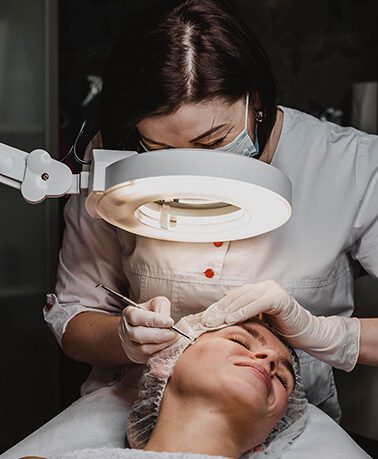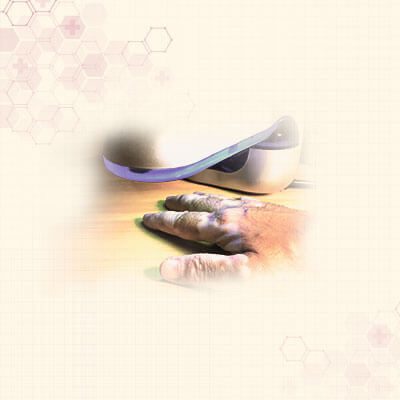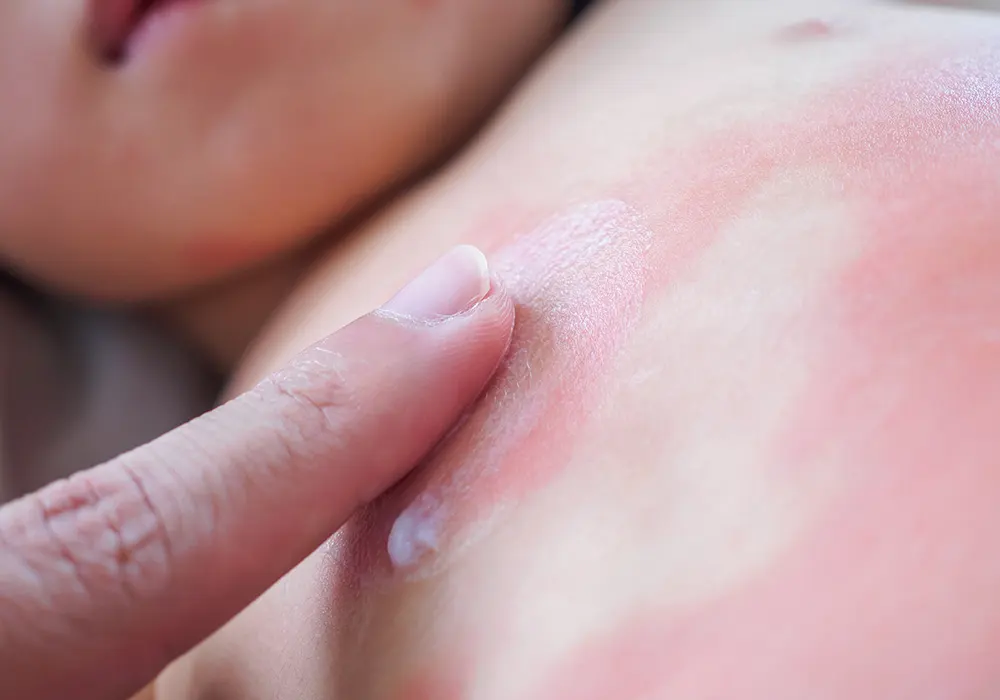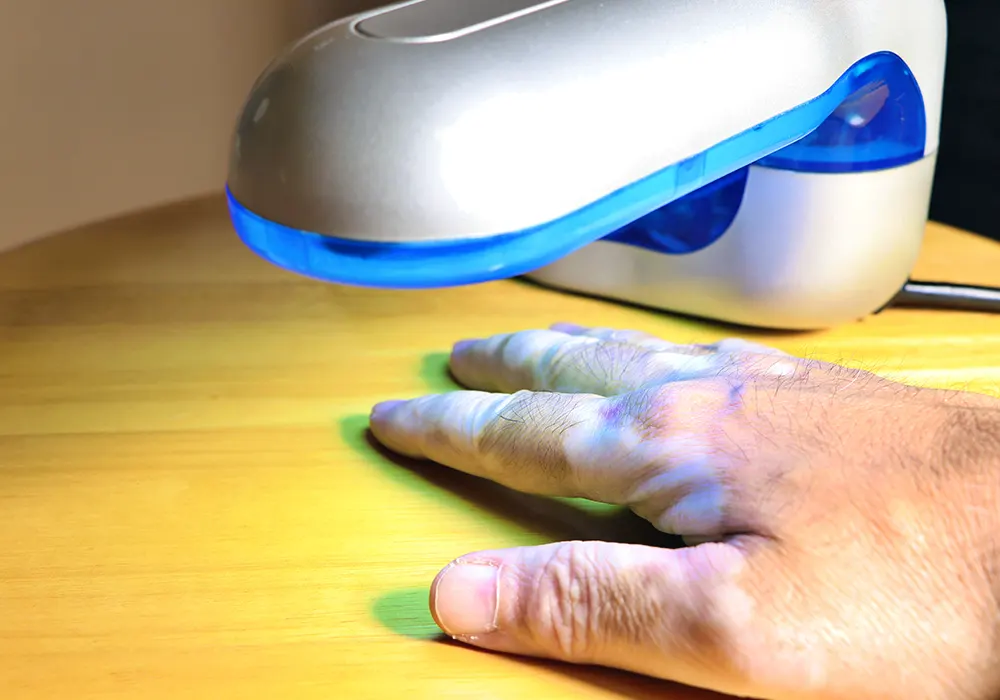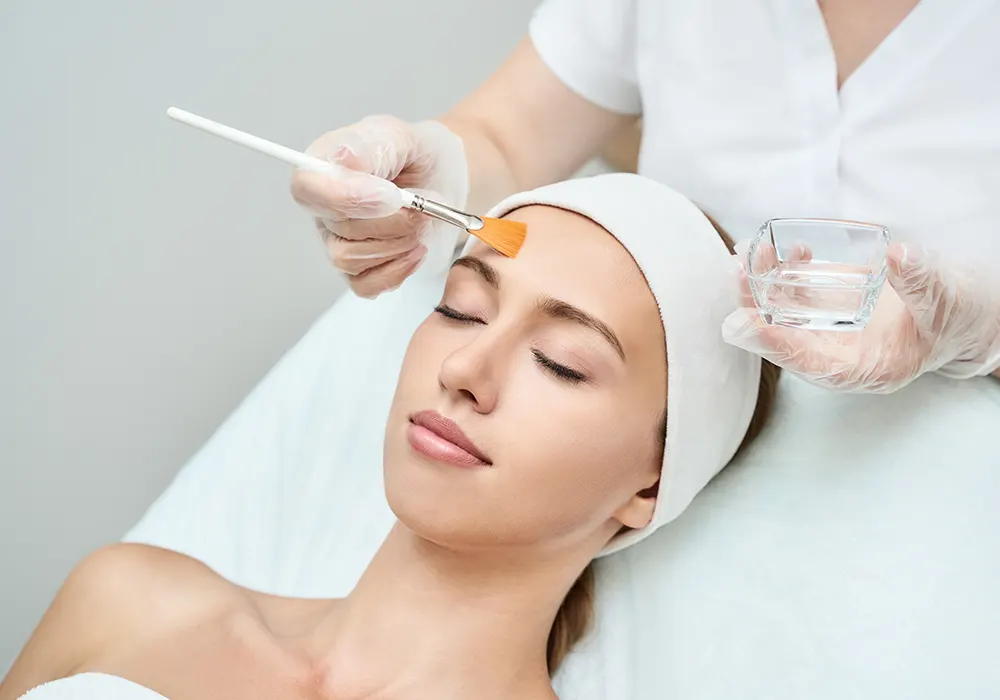



People who have vitiligo might keep worrying if it is inherited or brought on by the surroundings. There is evidence that it might have a hereditary component. Between 25% to 50% of people with vitiligo also have a relative with the condition.
Vitiligo is generally caused by lack of melanin pigment in the skin. Melanin is produced by our skin cells, called melanocytes which gives our skin its colour. Patients with vitiligo do not have enough functioning melanocytes in their body and keep losing them over time, which results in the formation of white patches on the skin. Vitiligo is an autoimmune disorder, which means it is non-contagious.
Early symptoms of vitiligo include a pale patch of skin which usually appears on the hands and face. This patch of skin then gradually turns completely white. Other symptoms are premature graying of hair on your scalp, eyelashes, beard or eyebrows.
Light therapy using narrow band ultraviolet B (UVB) has demonstrated to have reduced or slow down the growth of active vitiligo. When combined with tacrolimus or corticosteroids, it might be more effective. Treatments are required two to three times a week.
Vitiligo can be treated surgically using a variety of techniques like tissue and cell grafting, with the end result being total repigmentation that cosmetically matches the surrounding normal skin. The choice of surgical therapy relies on the severity of the vitiligo, the areas involved, the technology that is available, and the surgeon’s level of skill. However, these treatments work well for patients with stable vitiligo.





